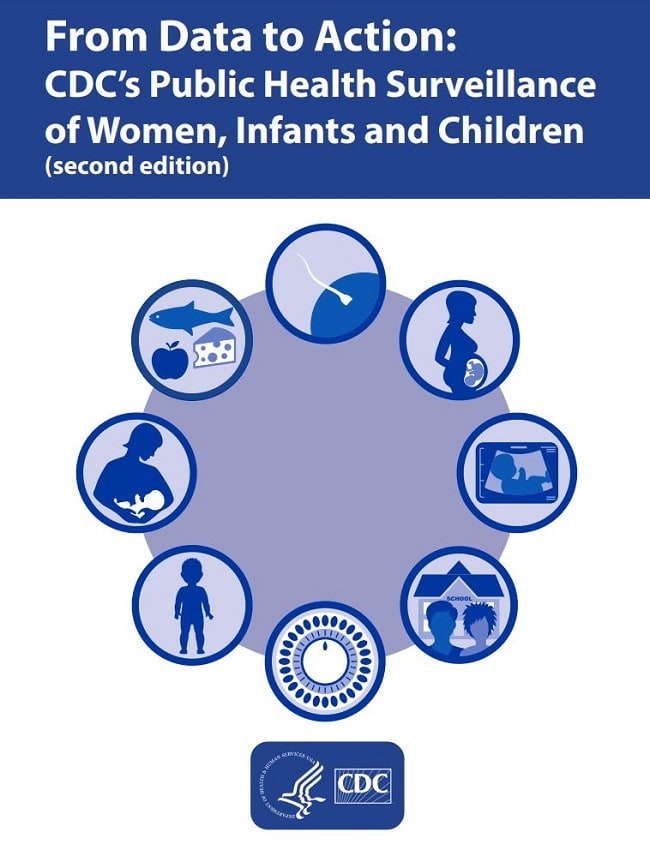Data and Statistics
CDC’s Division of Reproductive Health (DRH) monitors maternal and infant mortality, the most serious reproductive health complications. In addition, attention is focused on gathering data to better understand the extent of maternal and infant morbidity, adverse behaviors during pregnancy, and long-term consequences of pregnancy.
Public health surveillance is the ongoing systematic collection, analysis, and interpretation of outcome-specific data for use in public health practice. The public health approach to problem solving includes using surveillance data to identify problems and assess the effectiveness of interventions. Without accurate and timely data, public health programs suffer. This glossary is available of commonly used terms in public health surveillance and epidemiology.
The major surveillance systems in the division include the Pregnancy Risk Assessment Monitoring System (PRAMS), the National ART Surveillance System (NASS), and the Pregnancy Mortality Surveillance System (PMSS). CDC also collaborated with organizations to develop the Sudden Unexpected Infant Death (SUID) Case Registry, which seeks to improve population-based SUID surveillance in grantee states. Reports are generated from these systems on a routine ongoing basis. DRH also monitors teen pregnancy and the number and characteristics of women obtaining legal induced abortions in the United States. Point-in-time surveys are conducted to assess reproductive health in developing countries. DRH researchers sometimes analyze secondary data on such topics as ectopic pregnancy and hysterectomy.
